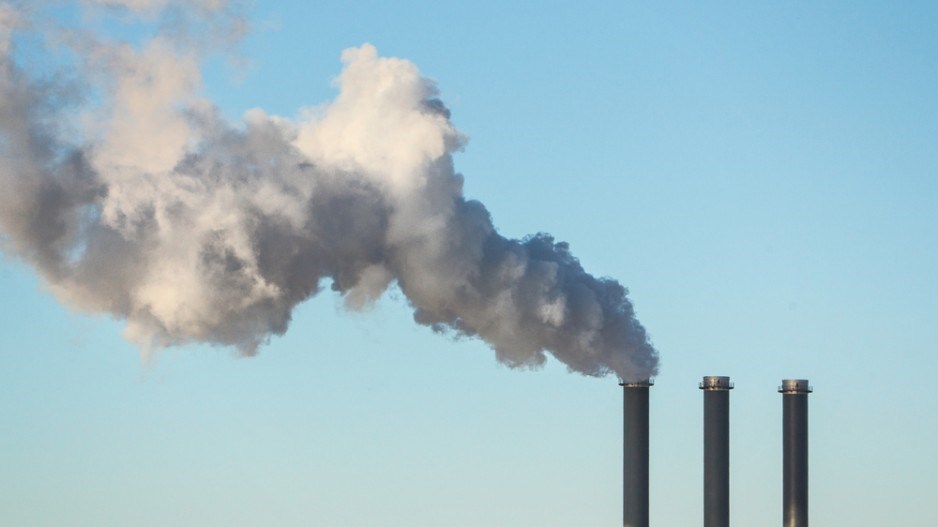Climate change has been widely discussed in recent weeks. COP23, hosted in Bonn in mid--November, brought together 20,000 people including government delegates, representatives of non-governmental organizations and journalists. The discussion focused on how to implement the Paris Agreement and prevent global temperatures from rising by 2C.
Now that COP23 has ended, we cannot lose sight of the need to take immediate action to slow down the rate of climate change, even as the issue fades from the spotlight.
Carbon dioxide levels are at their highest point in three million years, according to the Global Atmosphere Watch program. Meanwhile, the number of people on the planet is growing at an exponential rate. Worldwide population is 7.6 billion, and the United Nations estimates it will increase to 11.2 billion by 2100.
Following COP23, we need to ask ourselves what we can do – as business owners and as individuals – to reduce CO2 emissions and curb global warming.
My company is looking at how to track its own carbon emissions, and we encourage other businesses to follow suit. We collectively need to do better if we’re to reduce carbon emissions for the greater good of the planet. Investors are increasingly (and rightly) asking for information on the emissions of companies they are investing in, and we need to respond to this need.
One way of measuring CO2 output by businesses has been developed by an organization called Greenhouse Gas Protocol.
This method acknowledges which emissions a company can control (such as fossil fuels used in operations, manufacturing and heating) and which emissions a company can influence (such as emissions from employees’ commutes, business travel and third-party distribution). If more business owners were to use this methodology, they’d have a greater understanding of the impact of their companies, and gain insight into how to make improvements.
As individuals, there is a lot we can do to reduce emissions, too.
As with the method designed by Greenhouse Gas Protocol, we can ask ourselves what actions we can take in our daily lives and how we can influence others to do the same.
For example, we control the method of transport we use every day.
Although the figure will vary based on the fuel used and the distance driven, a passenger vehicle typically emits about 4.7 tonnes of carbon dioxide per year. We can lessen our impact by walking, cycling, using an electric vehicle or taking public transit.
We also control the quantity of energy we use in our own homes and the food we choose to buy. By being conscious of the effect of our choices, we can better protect our planet. For example, turning the heat on only when it’s needed, installing solar panels, improving home insulation, eating less meat and opting for local fruit and vegetables. We live in a world of consumption; by reducing the quantity we buy and consuming only what we need, we will move the needle.
Consumers often express a feeling of powerlessness about changing the tide on climate change. However, consumers can influence change – especially when they come together to take a stand. This can take the form of lobbying, activism and voting in elections.
Consumers also hold enormous power when they vote with their wallets.
Consumers can change their purchasing habits or investment choices, by moving their money from environmentally damaging to carbon-neutral companies. In my mind, this is one of the most effective changes a consumer can make, forcing large companies, many of which are high carbon emitters, to change their ways.
Climate change is a daunting subject; the difficulties in tackling this issue can cause a pervasive sense of hopelessness. However, I believe that halting climate change is within reach if we turn lofty goals into tangible actions.
While we see these actions being conceived at an international level at events like COP23, we as business owners and individuals also have a valuable role to play in implementing change. •
Wayne Wachell is the CEO and chief investment officer at Vancouver-based Genus Capital.




